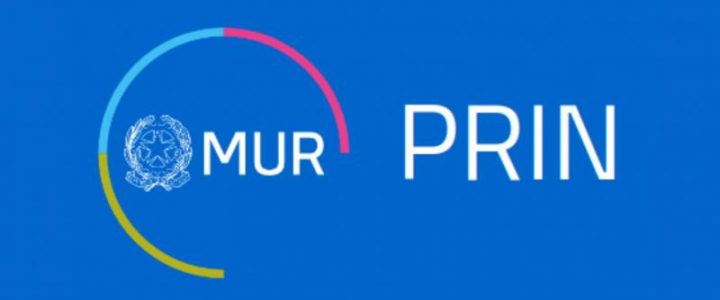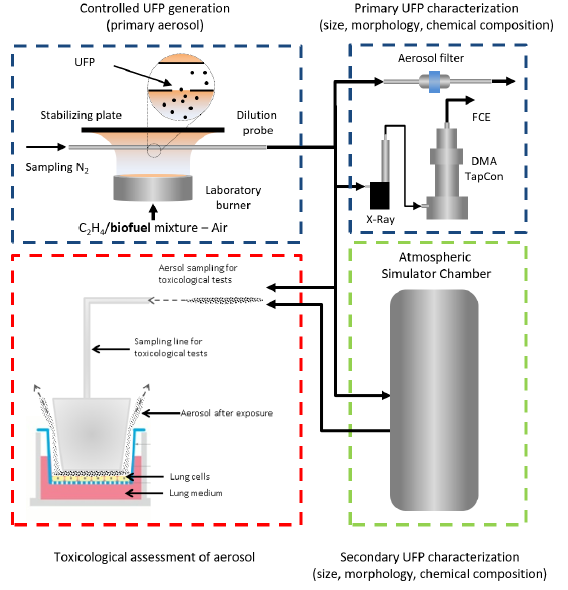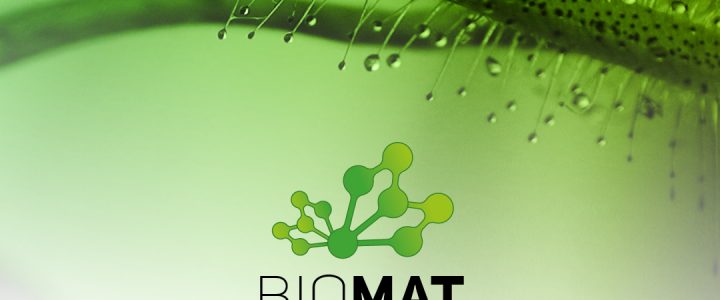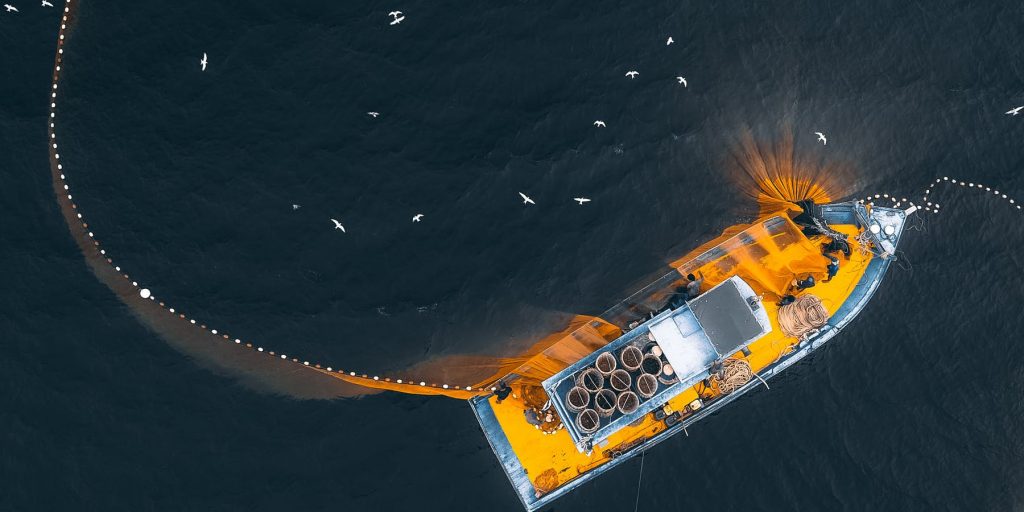
Antibiotics, pathogens and antimicrobial resistant (AMR) bacteria are contaminants of emerging concern (CECs) in water bodies associated to intensive fish and inland animal farming. AMROCE aims at reducing antibiotic pollution and spread of AMR bacteria in the entire water cycle through a platform of novel antibiotic-free antimicrobial products. In the project, antimicrobial/antibiofilm fish cage nets and wastewater filtration membranes will be developed through polymer and surface nano-engineering. Marine-derived antimicrobial agents and antibiofilm enzymes will be nano-formulated as alternative to antibiotics for fish and animal feed supplement. Human and environmental nanosafety during the manufacturing and use of the novel nanotechnology-embedded products will be continuously evaluated to anticipate nanosafety issues.
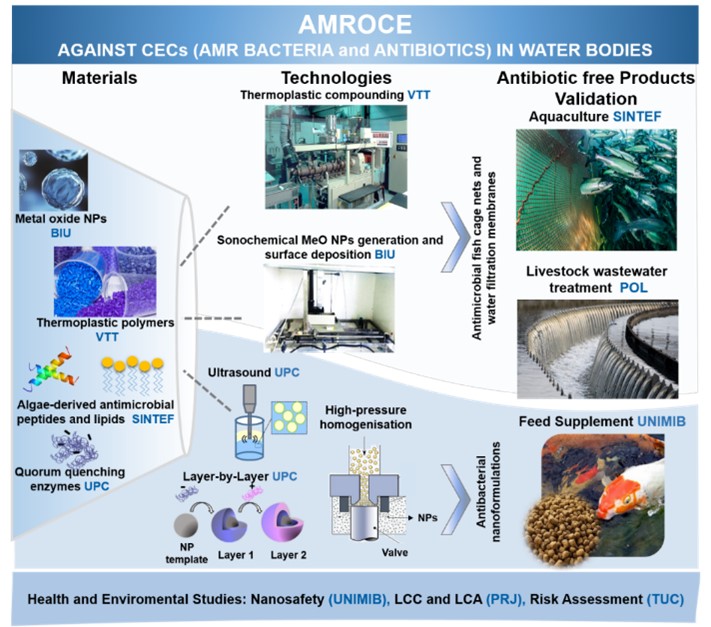
UNIMIB is leader of WP3, which aims at identifying the parameters related to the safety of the nano-formulation process for both workers and users, considering not only the existing regulation, but also the gaps existing in the legislation and norms.
Project Coordinator: Tzanko Tzanov (UPC)
UNIMIB WP/Task leader: Paride Mantecca (WP3)
Please visit the webiste of the project amroce.eu


